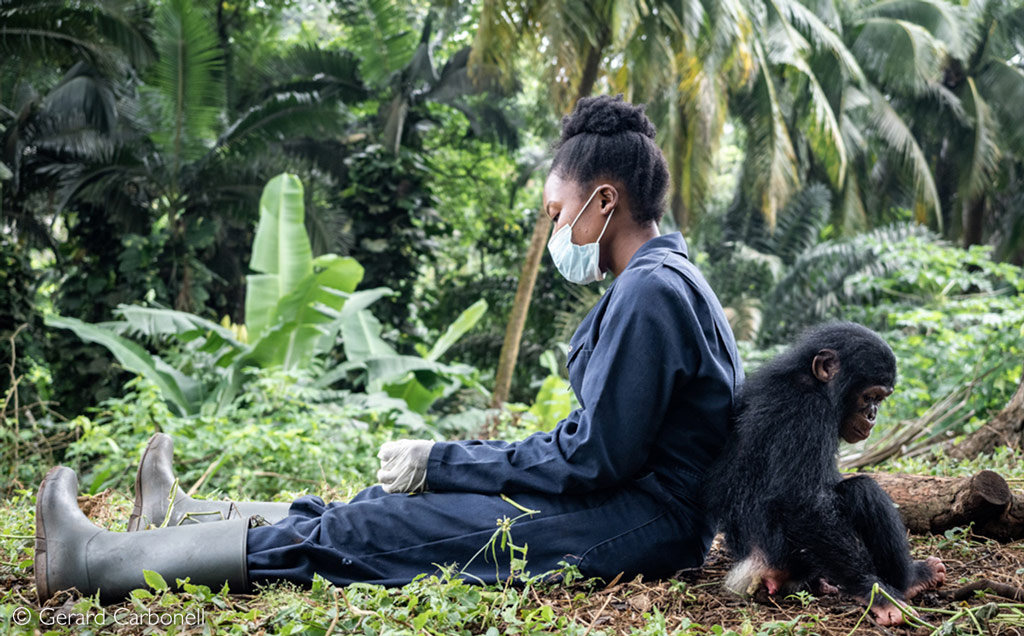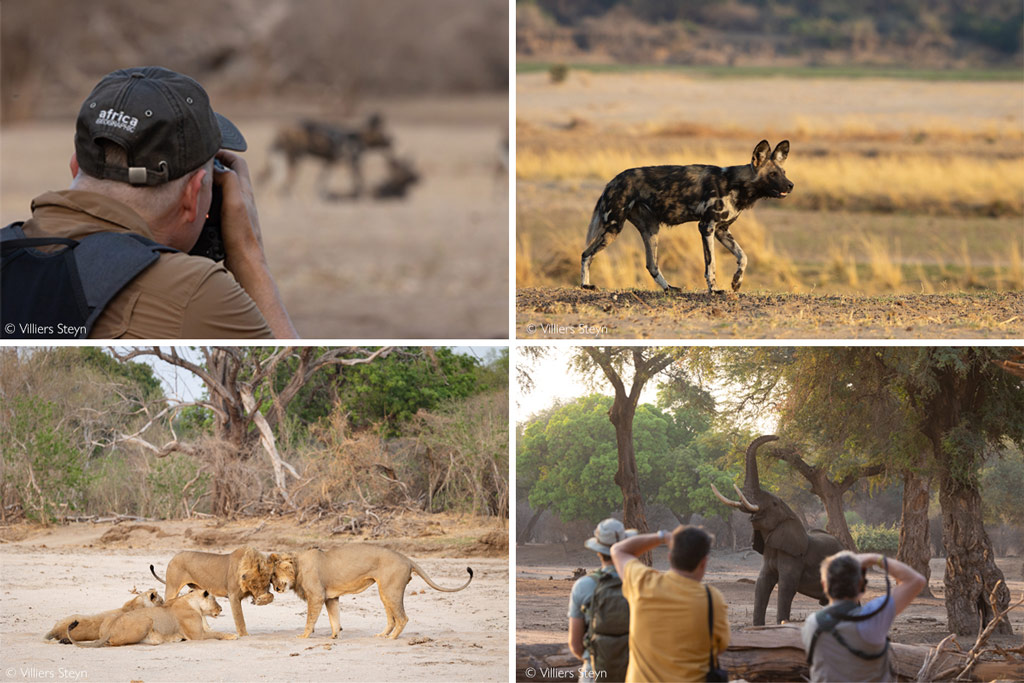
This is a copy of our weekly email newsletter. Subscribe here to receive the newsletter.
Mashatu’s giants + East Africa’s flamingos in peril

I have lost count of the times I have heard moaning from online ‘experts’ that elephants have devastated the Rhodesian teak (Baikiaea plurijuga) forests of Chobe and Hwange. This is a common claim that is factually bereft.
To demonstrate the point: While in the remote southern portion of Zimbabwe’s Hwange National Park recently, I was driving down a cutline separating a ridge of sandy soil on my right (with teak being the dominant deciduous woodland) and clay soil (mopane) on my left. The mopane trees had been heavily pruned over the years by elephants, each year coming back with fresh leaves from stunted shrubs – the miracle tree! On my right, the equally short teak shrubs showed no signs of having been pruned. Their slow recovery after being harvested for timber was due to fire and frost, according to my guide.
Large portions of Southern Africa’s teak forests (including some in and bordering national parks) were felled to supply railway sleepers, mine shaft support and parquet flooring. Older, mature trees are now scarce because of the over-exploitation over the last half-century. Teak is exceptionally slow-growing at the best of times (saplings reach only 15cm in several years), with the aforementioned fire and frost slowing the process further.
Elephants do hammer woodland and riparian forests, where they congregate in large numbers during the dry seasons when other food is scarce. But the devastation of our teak forests? That’s on us.

Simon Espley – CEO, Africa Geographic
From our Editor – Taryn van Jaarsveld

Does an elephant really never forget? Well, the gentle giants do possess memory superpowers when it comes to details that are key to survival.
For a wise, elderly matriarch leading her herd to greener pastures in the midst of a drought, memories of even the smallest details – such as where to find a hidden water source – can mean the difference between life and death. Elephants don’t wander aimlessly. They remember migration routes, elephants they’ve met before, the smells and sounds of predators, and even the voices of human threats. Elephants with seasoned matriarchs who’ve been through it all lead their herds safely through droughts, while youngsters without wisdom don’t fare as well. In one case, a younger matriarch, not knowing the migration routes of the previous generation, opted to stay put during a drought. Her herd’s calves suffered a 63% mortality rate – as opposed to the usual rate of 2% during drought. Older elephants are important repositories of knowledge, and their memories could mean the survival of their herds. Elephants have the largest brains of any land mammal, and they put them to good use. Their memories aren’t just impressive, they’re essential – helping their entire herd survive and thrive.
This week, we celebrate the magic and giants of Mashatu through the photography of Roger and Pat de la Harpe, and examine how the lake habitats of East Africa’s flamingos are being pushed to the brink. Check out these stories below.

DID YOU KNOW?
We donate a portion of the revenue from every safari sold to carefully selected conservation projects that make a significant difference at ground level. YOUR safari choice does make a difference – thank you!
Story 1
https://africageographic.com/stories/mashatu-land-of-giants/
MASHATU GIANTS
Botswana’s Mashatu is home to giant vistas, elephants, cats & birdlife. Discover the magic through the pics of Roger & Pat de la Harpe
Story 2
https://africageographic.com/stories/flamingos-in-peril-east-africas-flamingos-threatened-by-rising-lakes/
FLAMINGOS IN PERIL
Rising lake levels caused by climate change are threatening East Africa’s flamingos, pushing their iconic soda-lake habitats to the brink
 TRAVEL DESK:
TRAVEL DESK:
Let us romance you with a safari to South Africa’s Mother City and Botswana’s Okavango Delta. Or how about a holiday that combines wildlife and an island-style escape? Check out these safaris below, or click here for free safari planning.
Explore the majesty of the mighty Zambezi River and Victoria Falls, and then head into the heart of the wilderness of South Luangwa National Park, Zambia – the birthplace of walking safaris and one of Africa’s leopard hotspots. Your last stop is Nankoma Island on Lake Malawi, where you’ll enjoy sun-soaked adventure and relaxation.
Looking to explore Africa further? Browse our extensive list of safari destinations here

“Pure magic in Mana Pools”
Bernat has just returned from an exceptional nine-day photographic safari to Mana Pools, Zimbabwe with guides Villiers Steyn and Carl Nicholson. From elephants, wild dogs, lions and leopards to a myriad of bird species and much more, this safari was pure magic! This was Bernat’s third safari with AG, for which he once again gave us a five-star review.
“Great photo expert safari to Mana Pools with Villiers Steyn and Africa Geographic. I’ve never done walking safaris before and it was the greatest experience!” – Bernat, United Kingdom
Keen on a safari experience just like this? Reach out to our safari experts to start planning your photographic guided safari.

 WATCH: Six young lion cubs in MalaMala Game Reserve, South Africa, are overjoyed to reunite with their mother – bounding towards her as they hear her calls. One minute of pure African joy. (01:06) Click here to watch
WATCH: Six young lion cubs in MalaMala Game Reserve, South Africa, are overjoyed to reunite with their mother – bounding towards her as they hear her calls. One minute of pure African joy. (01:06) Click here to watch
To comment on this story: Login (or sign up) to our app here - it's a troll-free safe place 🙂.![]()






